State authorities in the north-western US state of Washington have hit back after President Donald Trump threatened to "take back" a police-free district controlled by protesters in Seattle.
Governor Jay Inslee said Mr Trump should stay out of the state's business, and Seattle's mayor said any invasion of the city would be illegal.
Police abandoned a precinct there on Monday after days of clashes.
Mr Trump said the area had been overtaken by "domestic terrorists".
Since police withdrew, demonstrations in the area have been largely peaceful.
It has been called Chaz, an abbreviation of Capitol Hill Autonomous Zone. Hundreds of people have been gathering there to demonstrate, hear speeches and attend events.
The protests in Seattle, Washington began in response to last month's death in police custody of an unarmed black man, George Floyd, in Minneapolis, Minnesota.
President Trump, who has pushed states to take firm action against protesters, has meanwhile outlined proposals for reforming police, including greater funding for training and national guidelines on the use of force.
However, he dismissed calls for defunding the police as an "extreme agenda". Such a measure involves budgets being allocated directly to communities rather than law enforcement.
How did the Chaz come about?
The area around East Precinct in Seattle became a battleground between protesters and police in the past two weeks, leading the governor to send in the National Guard and for the mayor to impose a curfew.
During the violence, demonstrators threw petrol bombs and other missiles at police, cars were torched and looting broke out, according to local media.
At the weekend, Seattle police used tear gas and flash bangs to disperse protesters. Members of the city council rebuked the police department, accusing them of heavy-handed tactics.
Then on Monday, the mayor ordered barricades removed near the precinct and the police building was boarded up.
Since then protesters have taken over a zone spanning about six blocks of Capitol Hill, a hub of the city's trendy arts scene that has been gentrified in recent years as tech workers drive up property prices.
Local media describe a festival-like atmosphere, with poetry readings, music and movie nights. Free fizzy water, snacks, sunscreen and hand sanitiser are available.
While the protesters say they are leaderless, armed volunteers have been spotted at checkpoints asking for the ID of people entering.
What did Trump say about Chaz?
In a series of tweets, the Republican president lashed out at liberal Democratic leaders in the north-western US state of Washington and its most populous city of Seattle.
"Take back your city NOW," Mr Trump wrote on Thursday. "If you don't do it, I will."
In another tweet, he said "Domestic Terrorists have taken over Seattle", saying Washington Governor Jay Inslee was "looking 'the fool'".
Mr Inslee tweeted back: "A man who is totally incapable of governing should stay out of Washington state's business."
Seattle Mayor Jenny Durkan defended the right to protest and told President Trump: "Make us all safe. Go back to your bunker."
"The threat to invade Seattle, to divide and incite violence in our city, is not only unwelcome, it would be illegal," she added.
What could Trump do?
Earlier this month, when protests were spreading across the US, Mr Trump threatened to send in the US Army if state governors – who oversee law and order – were unable to guarantee safety and secure property on their streets.
Media playback is unsupported on your device
This would involve invoking the Insurrection Act, a 19th Century law which includes details of circumstances when the government in Washington DC can intervene without state authorisation.
The act says the approval of governors is not required when the president determines the situation in a state makes it impossible to enforce US laws, or when citizens' rights are threatened.
This law was last invoked in 1992 during riots in Los Angeles following the acquittal of four police officers charged with assaulting black motorist Rodney King, but on that occasion the governor of California requested help.
The law was used throughout the 1950s and 60s during the civil rights era by three different presidents. On some of these occasions there were objections from state governors.
How do police see it?
Police say they want to reopen the precinct and it is unclear how long the autonomous zone will remain.
At a news conference on Wednesday, Assistant Chief Deanna Nollette said the police department had been abandoned because of threats that it would be vandalised or burned. She said the protesters' barricades were intimidating some residents.
Police Chief Carmen Best posted a video message to officers in which she said the police withdrawal "seems like an insult to you and our community".
On Thursday afternoon the police chief said claims that citizens and businesses were being extorted in the zone were not true and had been based on anecdotal evidence from news and social media.
Ms Best said call response times in the area served by East Precinct are normally between 5-18 minutes, but are now taking almost an hour, reports local Komo News.
She said this means police are not able to respond to reports of assaults, rapes and robberies.
More on George Floyd's death
US protests timeline
25 May 2020
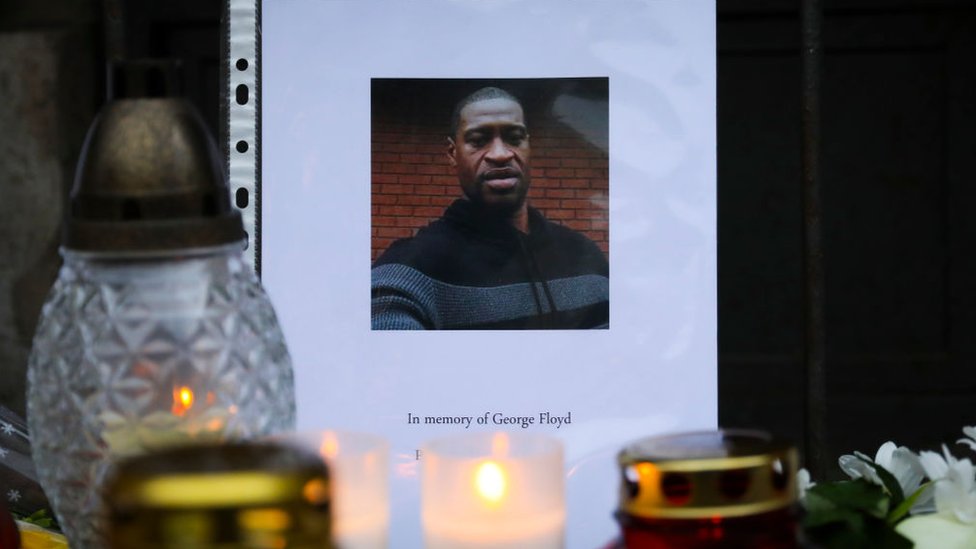
George Floyd dies after being arrested by police outside a shop in Minneapolis, Minnesota. Footage shows a white officer, Derek Chauvin, kneeling on Mr Floyds neck for several minutes while he is pinned to the floor. Mr Floyd is heard repeatedly saying "I cant breathe". He is pronounced dead later in hospital.
26 May
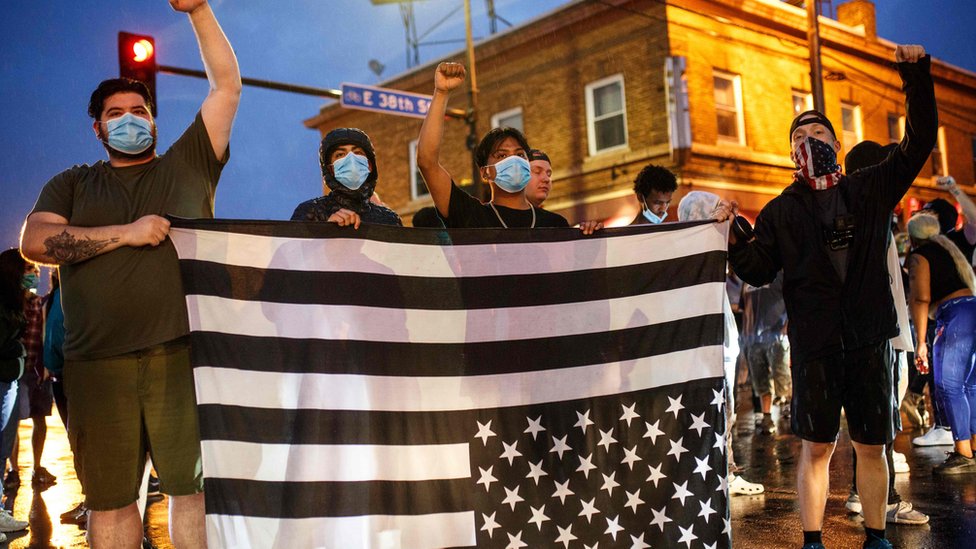
Four officers involved in the arrest of George Floyd are fired. Protests begin as the video of the arrest is shared widely on social media. Hundreds of demonstrators take to the streets of Minneapolis and vandalise police cars and the police station with graffiti.
27 May
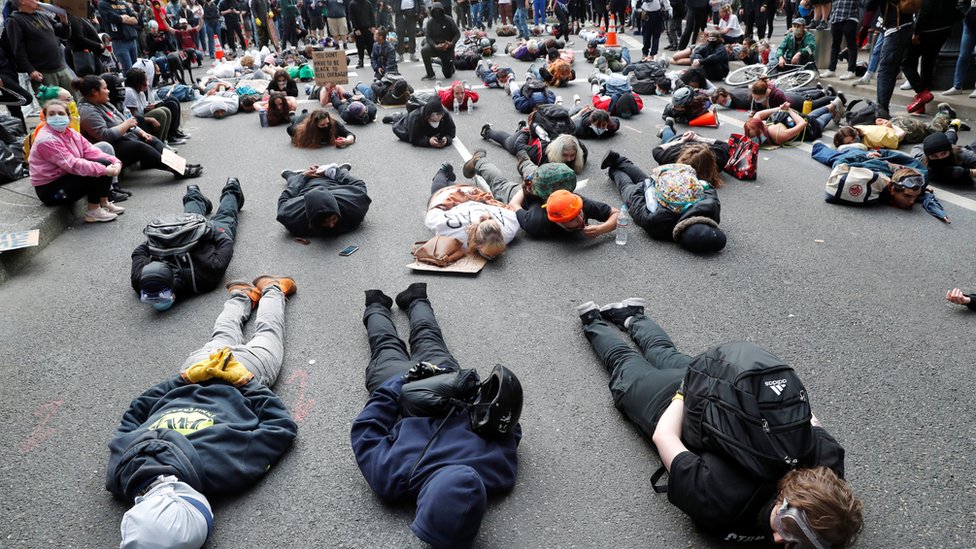
Protests spread to other cities including Memphis and Los Angeles. In some places, like Portland, Oregon, protesters lie in the road, chanting "I cant breathe". Demonstrators again gather around the police station in Minneapolis where the officers involved in George Floyds arrest were based and set fire to it. The building is evacuated and police retreat.
28 May
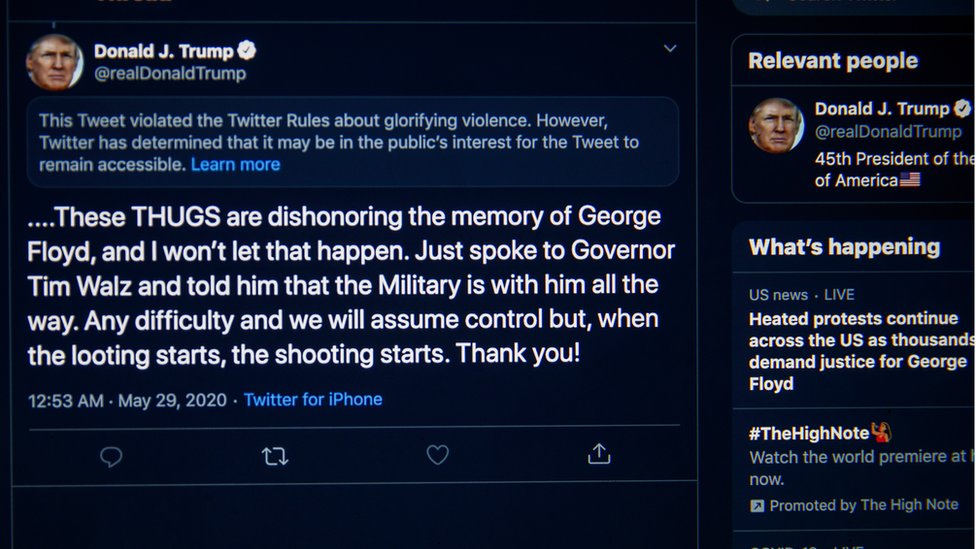
President Trump blames the violence on a lack of leadership in Minneapolis and threatens to send in the National Guard in a tweet. He follows it up in a second tweet with a warning "when the looting starts, the shooting starts". The second tweet is hidden by Twitter for "glorifying violence".
29 May
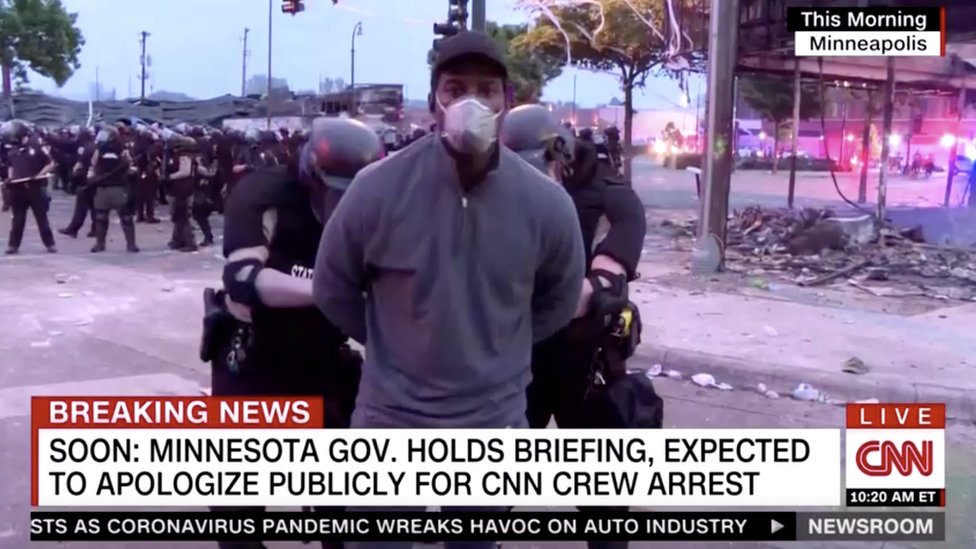
A CNN reporter, Omar Jimenez, is arrested while covering the Minneapolis protest. Mr Jimenez was reporting live when police officers handcuffed him. A few minutes later several of his colleagues are also arrested. They are all later released once they are confirmed to be members of the media.
Derek Chauvin charged with murder
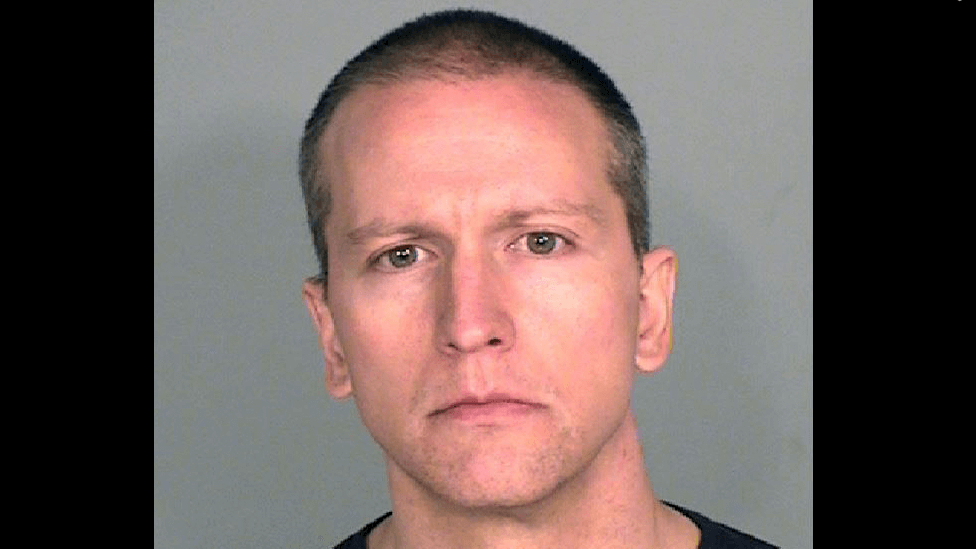
Former Minneapolis police officer Derek Chauvin, 44, is charged with murder and manslaughter. The charges carry a combined maximum 35-year sentence.
31 May
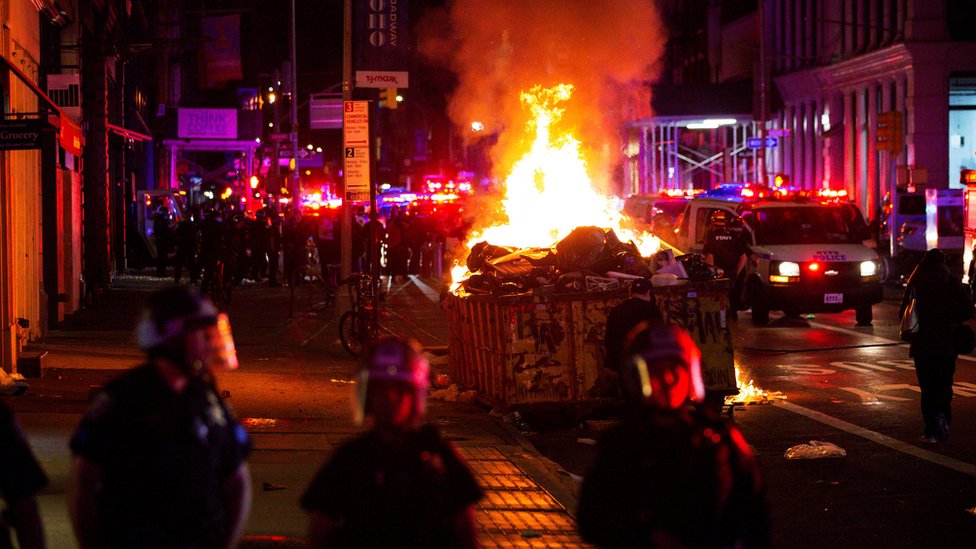
Violence spreads across the US on the sixth night of protests. A total of at least five people are reported killed in protests from Indianapolis to Chicago. More than 75 cities have seen protests. At least 4,400 people have been arrested. Curfews are imposed across the US to try to stem the unrest.
1 June
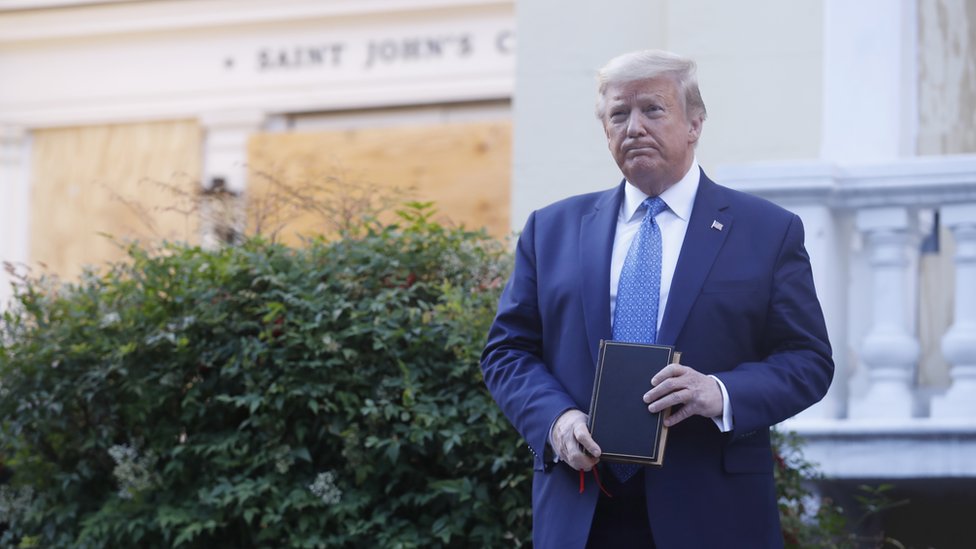 Read More – Source
Read More – Source


/cdn.vox-cdn.com/uploads/chorus_image/image/65543002/bbc_logo_red.0.jpg)